The blog post titled When do NPS and CSAT scores fail to predict churn? covered reasons customers churn despite high customer satisfaction (CSAT) and high net promoter scores (NPS). This post looks at the opposite situation: why unhappy customers stay.
In a number of interviews, decision-makers have described recurring problems. Many of them have been having issues for months and sometimes years. The people are clearly frustrated. The pain is clear in their voices. They give their vendor low CSAT and NPS scores. It seems that they are ready to jump ship. But when asked if they are planning to switch, they say that they are staying put. They have no intention of switching or even looking elsewhere. These situations often baffle me. Why won’t they switch? What caused this kind of extreme loyalty?
Our research found that switching costs, relationships, politics, and inertia are four common themes keeping customers loyal - sometimes extremely loyal. Below are examples of how they play out.
Switching Costs
Switching costs discourage churn when perceived costs of switching exceed expected benefits. Switching costs include the efforts required to evaluate alternatives, make a selection and implement a replacement. They frequently include
Establishment of a team responsible for the evaluation
Development of the selection criteria
Research to find alternatives
Evaluation of alternatives
Development of a recommendation
Convincing stakeholders
Contract negotiations
On-boarding, including any data migration, implementation, deployment
Development of new policies, training and documentation content
Integrations and automation
Training and operational support for the new solution
An example we encountered was a large company with outdated antivirus software. The products were disrupting end user productivity, creating technical conflicts on users’ PCs. However the costs of ripping out this broadly-deployed antivirus solution and replacing it with something better were seen as overwhelming. With other higher priority projects on the “to do” list, the antivirus replacement initiative was postponed, giving the legacy antivirus vendor more revenue and time to resolve technical issues.
Relationships
Institutional or personal relationships frequently drive vendor decisions. People want and give favors to others for both business- and non-business reasons. Frequently, this is a legitimate business practice. For example, a large systems integrator (SI) kept doing business with a hardware manufacturer as a preferred partner because other hardware manufacturers had services businesses that competed with this specific systems integrator. Another legitimate example is a reseller selling a certain original equipment manufacturer (OEM) products. Once products were no longer competitive, prior strong personal relationship between the management teams kept the business relationship in tact. Longer term, unless products improve, the reseller and the SI are likely to eventually switch OEMs or lose customers. Market forces eventually prevail.
Politics or “saving face”
Politics frequently factor in decisions to stay with a vendor. If a decision-maker sponsored an inferior solution, they may not want to admit that they made the wrong choice. Instead, they invest extra efforts to resolve issues or to just make it appear as if the solution is working. This is especially true when the solution is expensive and the decision-making process was complex. As an example, a decision-maker discussed a major investment into an enterprise resource planning (ERP) system that was not performing. However, no replacement was planned until this system was fully amortized three years later. We frequently read in the news about large system integration or construction projects going far over budget, sometimes ending in lawsuits. Politics likely contributed to these disasters at some point. Once the political decision-maker moved on, the vendor’s business relationship with the account is at risk.
Inertia
Inertia is a powerful force not just in physics. Inertia implies no sense of urgency, no compelling event, no reason to change. Another term for inertia is an incumbent advantage. Customers find it generally easier to keep status quo. When a customer is unhappy, inertia only lasts for a limited amount of time. A non-performing vendor has a short window to resolve issues until the next contract renewal, a better alternative, or general dissatisfaction create a compelling event.
How many of your customers’ loyalty depend on switching costs, relationships, politics, and inertia? Do you know your customers’ true concerns, priorities, and alternatives? What are you doing to retain their business? Please share.
Alternatively, how many of your vendors depend on your switching costs, relationships, politics and inertia? What is driving your loyalty? Is it time to shake things up a little?

